This is a historical print of the death of Saigo Takamori in seppuku during his defeat at Kagoshima against the imperial troops, he is considered the last samurai. The print is in perfect condition despite its age.
The main character is Saigō Takamori (Takanaga) (西鄕隆盛 (隆永), January 23, 1828 – September 24, 1877) was a Japanese samurai and nobleman. He was one of the most influential samurai in Japanese history and one of the three great nobles who led the Meiji Restoration. Living during the late Edo period and early Meiji period, he later led the Satsuma Rebellion against the Meiji government. Historian Ivan Morris described him as "the quintessential hero of modern Japanese history."
The events depicted in this print are the last moments of the Battle of Shiroyama, this battle is the last of the rebellion of the samurai of the Satsuma clan which was wiped out by the imperial troops. Satsuma's troops were only five hundred men compared to thirty thousand.
That day of September 24, 1877, at 4 a.m., when government forces launched a general attack on Shiroyama, Saigo and more than 40 generals, including Kirino Toshiaki, Katsura Hisatake, Murata Shinpachi, Ikegami Shiro, Beppu Shinsuke and Henmi Jurota, gather in front of the cave and walk to Iwasaki's entrance. First, Kokubu Jusuke falls on his sword and commits suicide. Katsura Hisatake was hit by a bullet and died, followed by others who were hit by bullets and fell, and Saigo was hit in the groin and stomach in front of Shimazu Oyoshi Kunou's residence. Saigo looked at Beppu Shinsuke and said "Shin-don, Shin-don, that's enough", and as the generals knelt and watched, he straightened his collar, knelt down and bowed far to the east, and committed suicide by asking Beppu to hit his neck. Beppu, who was ordered to intervene, reportedly cried out "Gomen naremonshi (forgive me)" and cut off Saigo's head. He was 51 years old (he died at 49). Fearing that Saigō's head would be taken away, it was buried in front of the gate of Orita Shōsuke's residence. After witnessing Saigo's death, the other generals continued their march towards Iwasaki Kuchi, where they took refuge in a fort located on the corner of a private school and fought until the battle, where they committed suicide, stabbed each other or were killed in battle. At 9 a.m., after the Battle of Shiroyama, heavy rain fell. After the rain, an investigation was conducted at the Jokomyoji Temple site in the presence of Yamagata Aritomo and the brigade commanders. Saigo's body was wrapped in a blanket, placed in a wooden chest, and buried at the Jokomyo-ji site (near the present-day Nanshu Shrine torii).
As this was a temporary burial, a wooden plaque was erected instead of a headstone. In 1879 (Meiji 12), he was reburied from a temporary grave at the site of Jokomyoji Temple to his approximate current location in Nanzu Cemetery. Saigo's head was also found after the battle, and after an investigation, he was buried with great care.
kunisada utagawa III (1848-1920) Student of Toyokuni Utagawa III and Toyokuni Utagawa IV. His last name was Takeuchi (on his mother's side), his childhood name was Asataro, and his first name was Eikyu. He was nicknamed Baido, Baichoro, Kachoro, Ichijusai, Baido Hosai and Hosai. Born in Nihonbashi, Edo (now part of Tokyo). His father was Osaka-ya Eijiro (Kineya Sadayama) and his mother Takeuchi Sato, the daughter of a feudal lord Horitoshi Hi no. Shortly after his birth, the family moved to Fukagawa Tomiyoshicho, where Kunisada III took his mother's surname. In 1858, at the age of 11, he was introduced to Toyokuni III through his father's friend Utagawa Kunimaro, accompanied by kyogen performer Sakurada Sakkou (Jisuke III), and took the names by Baido Kunimasa and Ichijusai Kunimasa (Utagawa IV). After Toyokuni III's death, he studied with Utagawa Kunisada II (Toyokuni IV). In 1889 (Meiji 22), he succeeded Kunisada III and took the name Kachorou. From 1891, it took the name Toyosai. He mainly paints paintings of civilization and actors, and specializes in portraits of Ichikawa Sadanji I. He also paints many genre paintings. He also painted numerous genre paintings. He lives in Kakigaracho 2-chome and later moves to Asakusa Tamachi. During the National Government era, he made a series of three paintings, including "Tokyo Twelve Views", "Tokyo Photographs and Famous Places List", "Tokyo Kaika Meikei Keiken Kyo", "Tokyo Owari-gai Prosperity Zu" and "Tokyo Ginza Brick and Stone Prosperity Zu". He was active in the field of Kaika-e (opening images), designing a number of steam locomotives. He also produced fan paintings, Yokohama paintings, actor portraits, exhibitions, printed books and newspaper illustrations. His specialty in actor portraits was Ichikawa Sandanji. Died October 26, 1920. He was 73 years old. Among his students were Utagawa Kunimasa V, Utagawa Kunitora II and Otake Kunikazu.



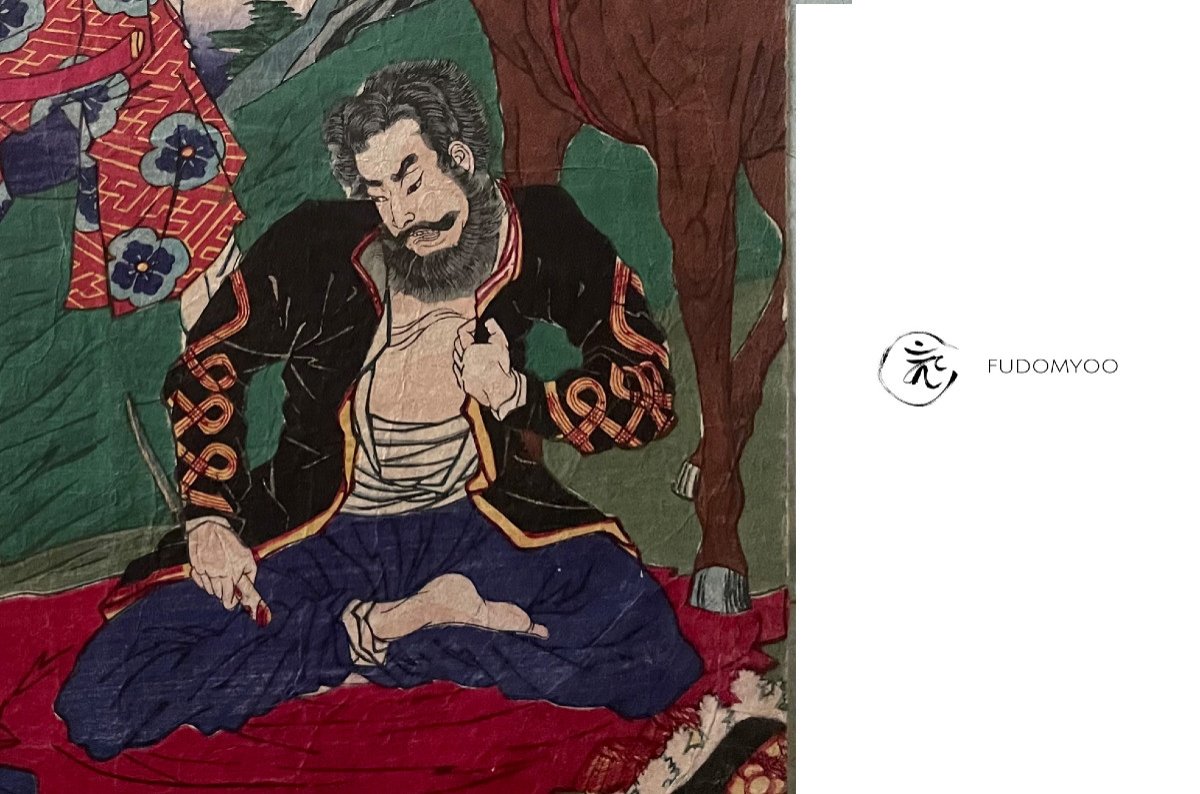





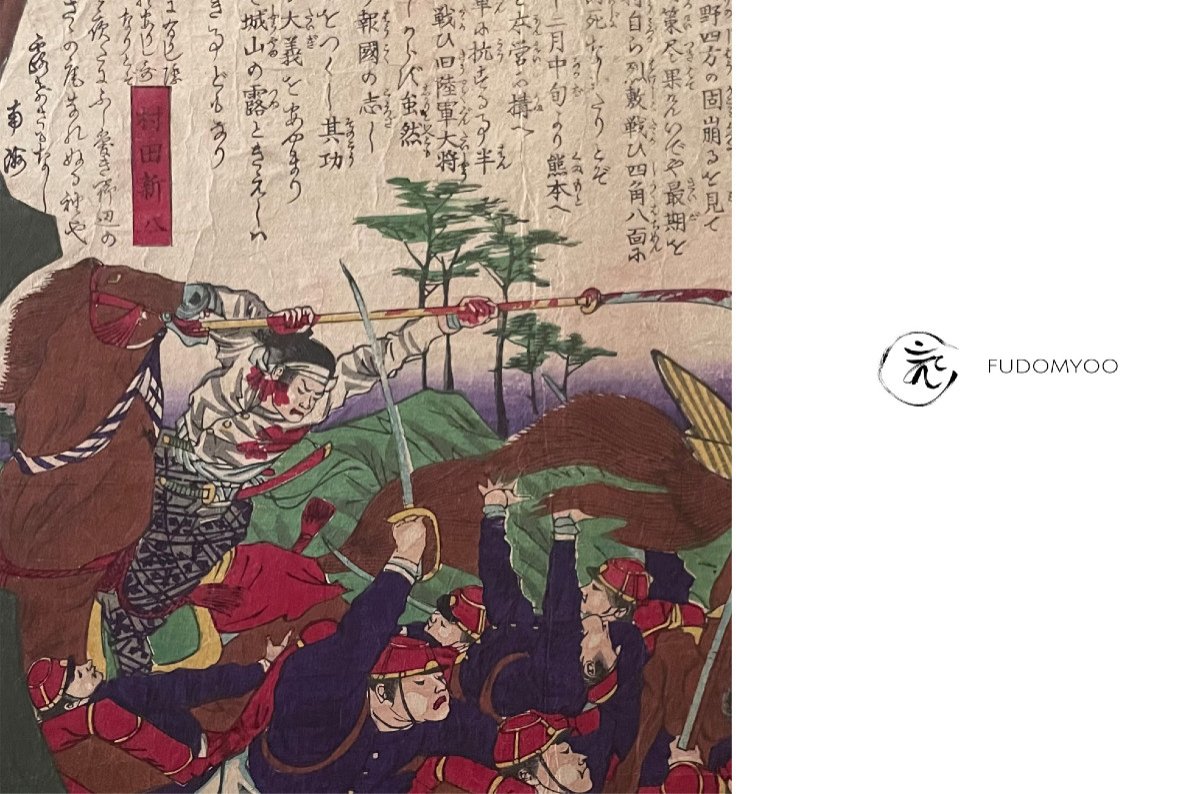
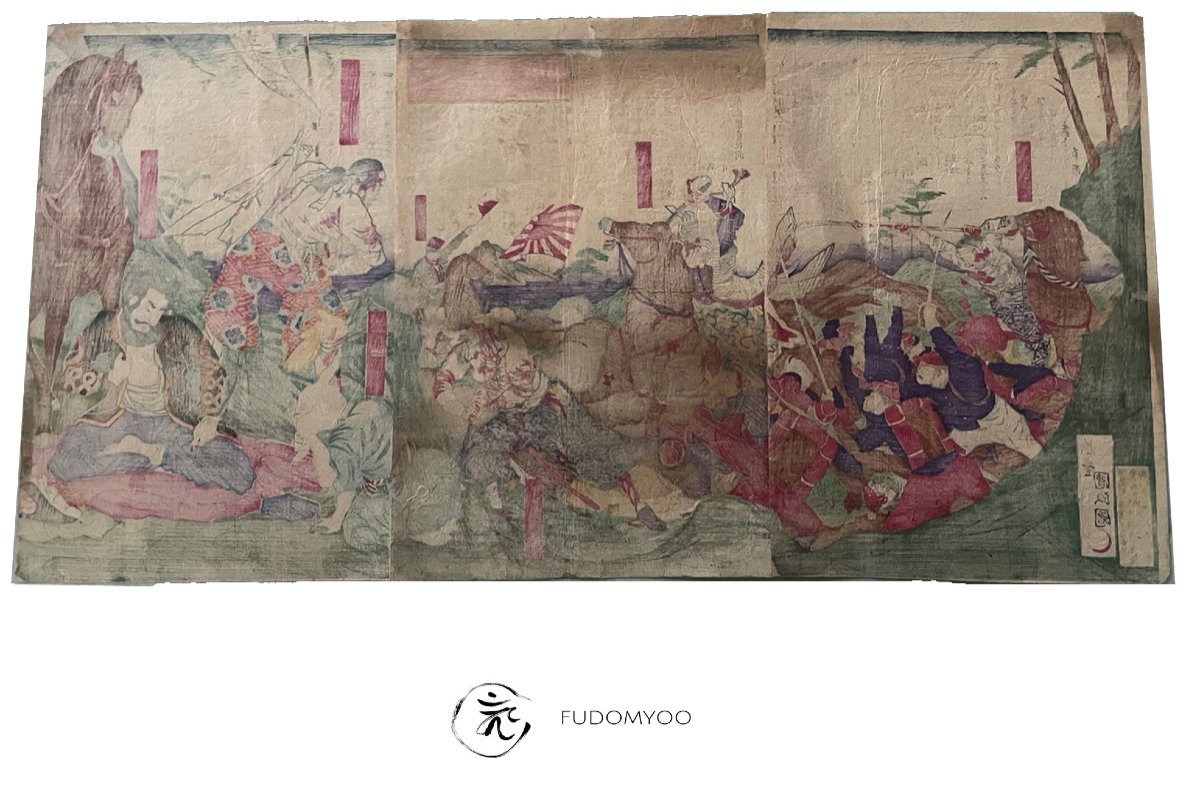

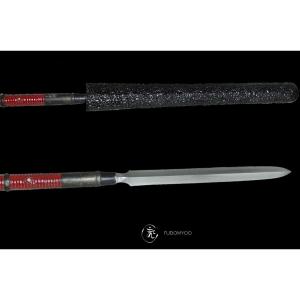
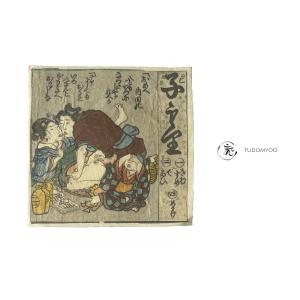
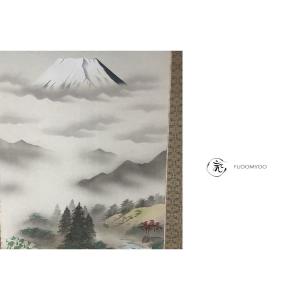
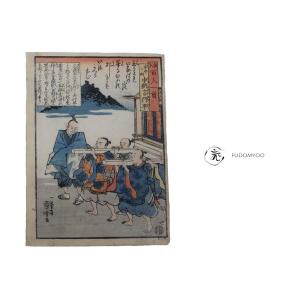
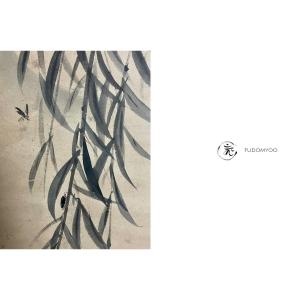
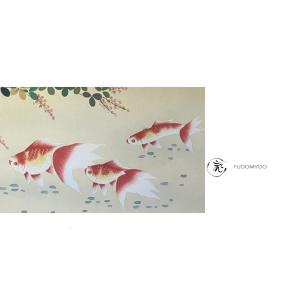





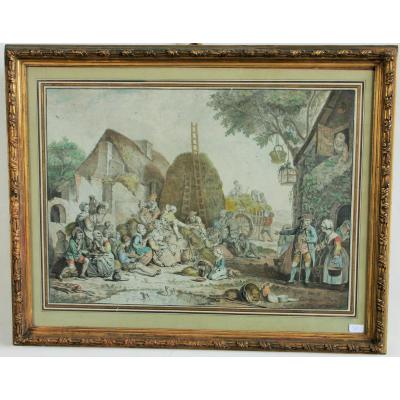



 Le Magazine de PROANTIC
Le Magazine de PROANTIC TRÉSORS Magazine
TRÉSORS Magazine Rivista Artiquariato
Rivista Artiquariato
